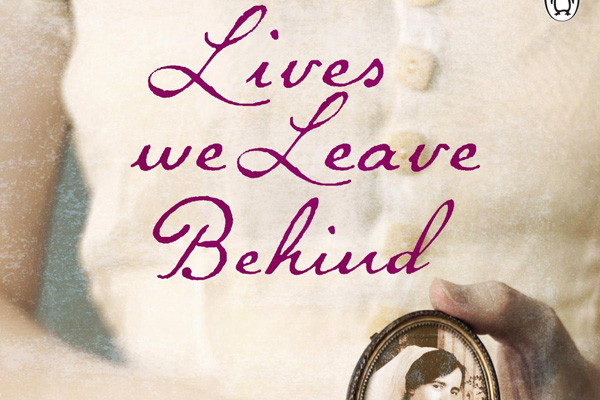Lives We Leave Behind
by Maxine Alterio
The quote from Black hints at the trauma and upheaval Alterio plumbs in Lives We Leave Behind, her fictional exploration of the lives of New Zealand nurses in WWI. We’ve all heard about the loss of soldiers’ lives in the World Wars and the horrific injuries sustained by them, but it’s the nurses who had to care for those maimed and dying young men, day in and day out, often in Egyptian deserts or snowy French fields, all while being shelled and dealing with rampant dysentery outbreaks and the Spanish influenza. And yet, how often have we heard about these nurses and what they went through?
Alterio goes a long way towards righting this historical imbalance. Mostly told through the eyes of Alterio’s two main characters, young nurses Meg and Addie, Lives We Leave Behind takes us on a kind of macabre wartime OE, whisking us from grey Wellington on to Egypt, France, and eventually London, England. But unlike the OE of today, Meg and Addie travel round the world on steamships, and most of their time is spent in hospital tents, being hit on by arsehole patients, belittled by their (male) superior officers, and trying desperately to save as many soldiers as they can.
The world of the WWI hospital is vividly drawn; in fact, the book’s real strength (and Alterio’s most impressive achievement) is the novel’s historical detail. Three pages of bibliographic notes show the vast amount of research Alterio did, and it more than pays off. All these minutiae – the material the hospital tent floors are made of, the food the nurses ate, the precise descriptions of WWI-era surgical procedures, the contraception used – make the historical world of Lives feel real. But the novel wears all this research lightly, never swamping the main characters or slowing down the action.
It feels strange, though, to be more interested in a novel’s historical setting and background than in its characters. Although Meg and Addie are sharply characterised, the plethora of supporting characters are often given little more than a name. Maybe this is understandable, given the novel’s wide canvas, but it’s hard to shed a tear over a supporting character’s death when you can’t remember if she’s the religious one or the one with the red hair. Meg’s romantic storyline was also somehow difficult to get invested in. This might have been because of the “interstitial monologues” – short, deftly-written segments each written in the voice of a different male character and placed between each chapter. Although I generally thought these monologues were brilliant, some of them were in the voice of Meg’s lover, which meant we learnt very early on that he was married, and troubled. This early disclosure might have marred any suspense apparent in Meg’s romance. It also didn’t help that the characterisation of vivacious Meg sometimes skates very close to caricature.
But these are small blemishes on a novel that shows all too well the truth in Catherine Black’s quote. By the end of the novel, both Meg and Addie are changed women, reforged in the heat of war. In Lives We Leave Behind, Alterio makes that long-forgotten heat flicker against our own skin.



